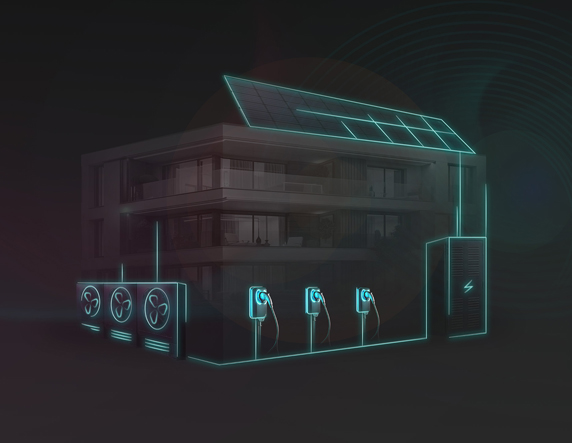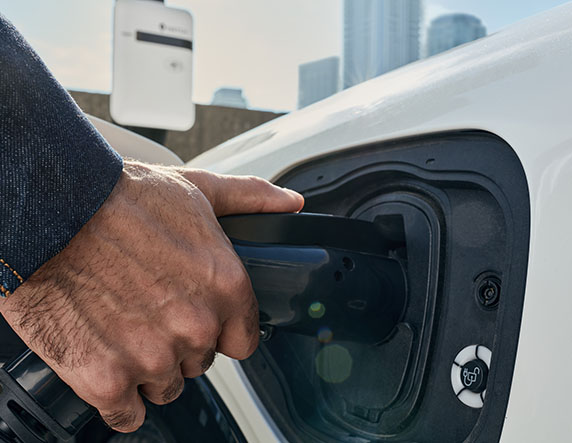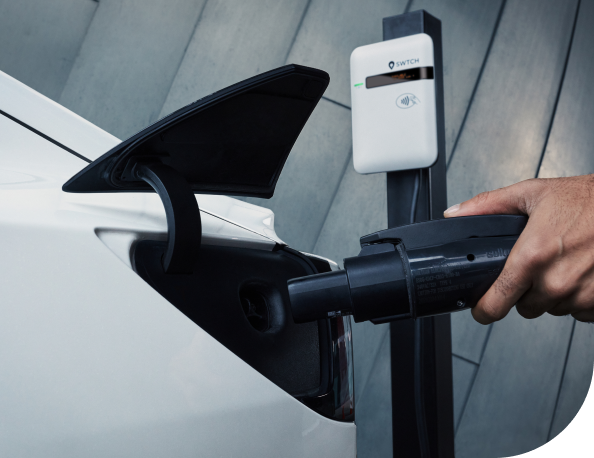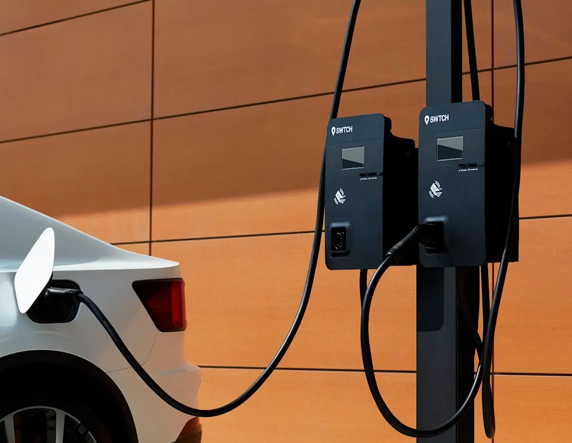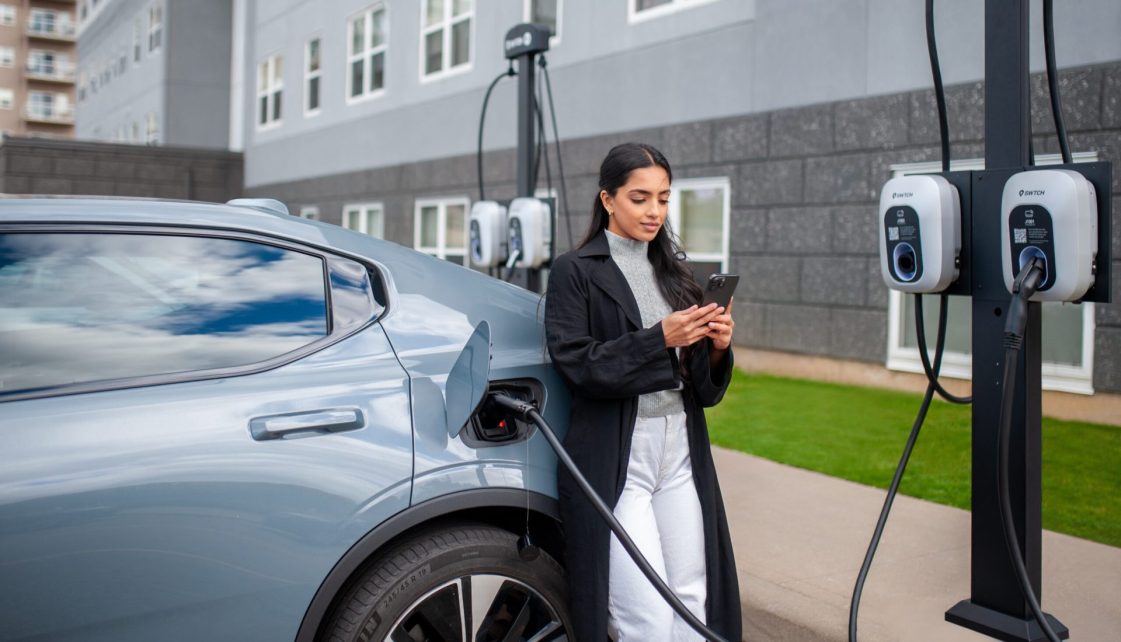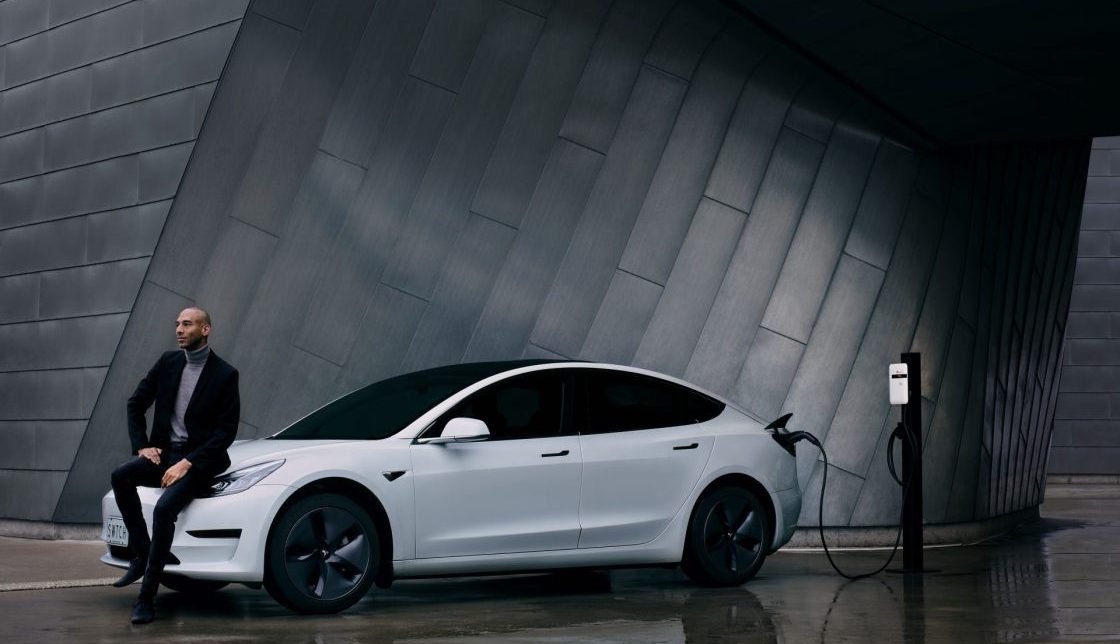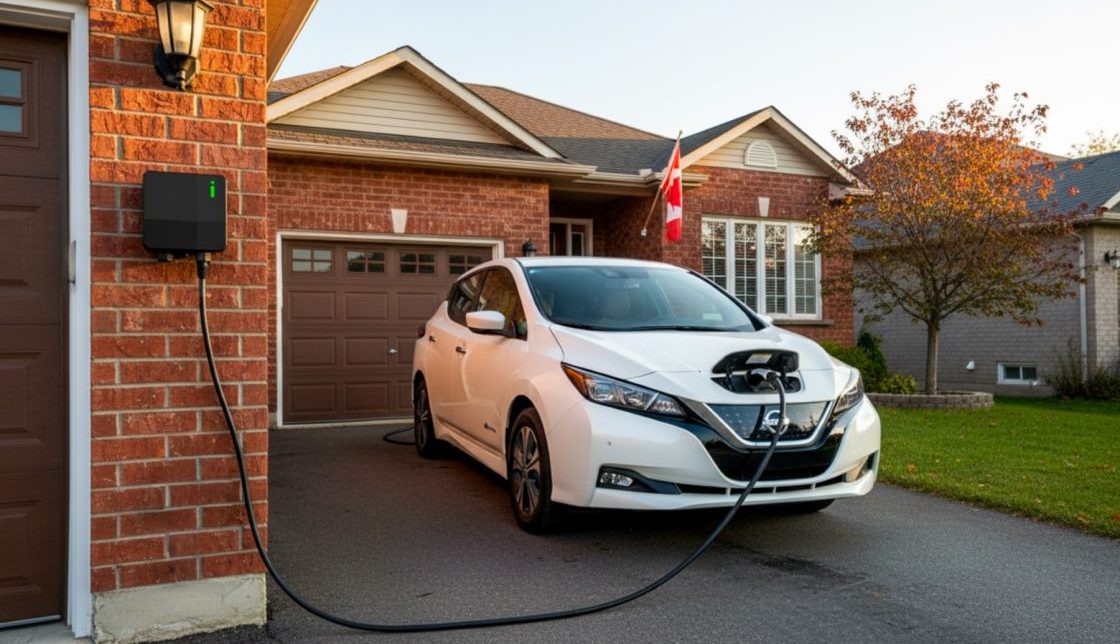Setting (and hitting) EV charging revenue goals with SWTCH Portal
One of the best things about installing EV charging stations is that, beyond providing a much-desired service to the people who frequent your property, they can also generate new revenue.
This revenue is perfect for helping to pay back the costs of purchasing and installing the chargers, as well as ongoing costs related to maintenance, software fees, etc. Once you’ve paid off your existing installation, you might want to put revenue from charging sessions towards expanding the number of charging stations you have installed, or even towards generating profits for your business.
Of course, to do any of this, you need to set—and hit—the right goals for generating revenue from your chargers. Here’s the playbook to help you do just that by using SWTCH Portal.
Aligning your charger revenue goals with larger business goals
It’s typical to generate revenue with EV charging—very few locations offer completely free charging anymore. But it’s important to define why it is that you’re generating this revenue and how this ties back to your larger business goals.
We touched on a few reasons for generating revenue in the intro, but here’s a more complete list of why generating revenue is worthwhile:
- To cover electricity costs related to operating your chargers
- To pay back some of the costs of purchasing and installing chargers
- To pay back costs related to electrical upgrades necessary for the chargers
- To help pay for other amenities for the property
- To generate a profit
By setting a goal for your charger revenue (rather than passively earning money as your chargers see use), you gain both better insight into the value being delivered by your chargers and a stronger basis for making adjustments to your pricing to optimize that same value.
Here are some common goals and how they can help guide your charger revenue strategy.
Goal: Using revenue to cover electricity costs
For some properties, there’s little interest in generating additional revenue from charging—they just want to make sure they’re not on the hook for the electricity that is consumed.
To hit this goal: Compare the remittance total with your connected energy bill for the corresponding period. Does the remittance hit your target for that period? If not, you’ll likely need to increase the charging fees for your chargers.
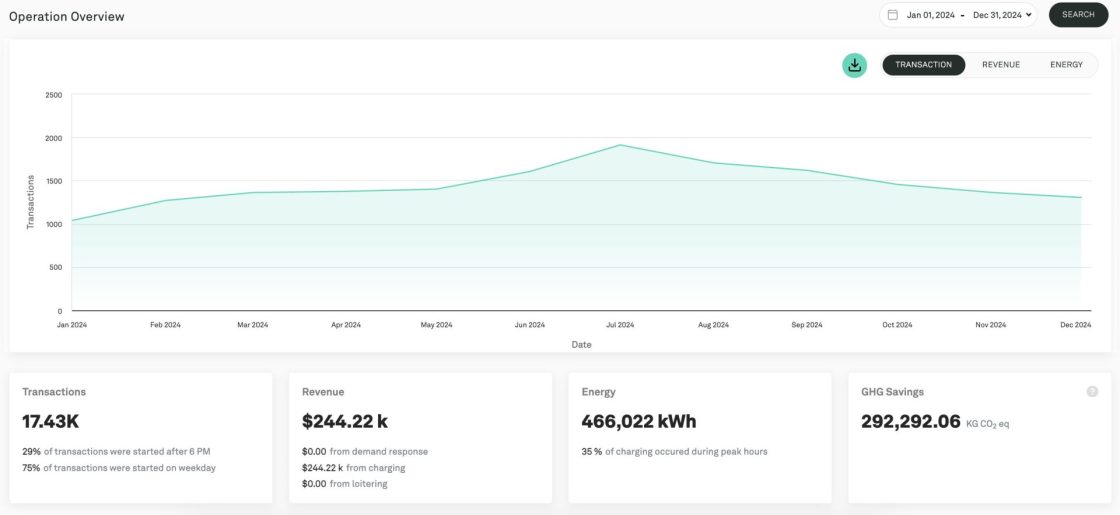
Goal: Using revenue to help fund additional EV chargers
Your remittance covers your electricity costs and maintenance costs, but you think you might want to expand the number of chargers you have.
To hit this goal: Consider increasing your hourly fee to generate the additional revenue needed to expand your amenity.
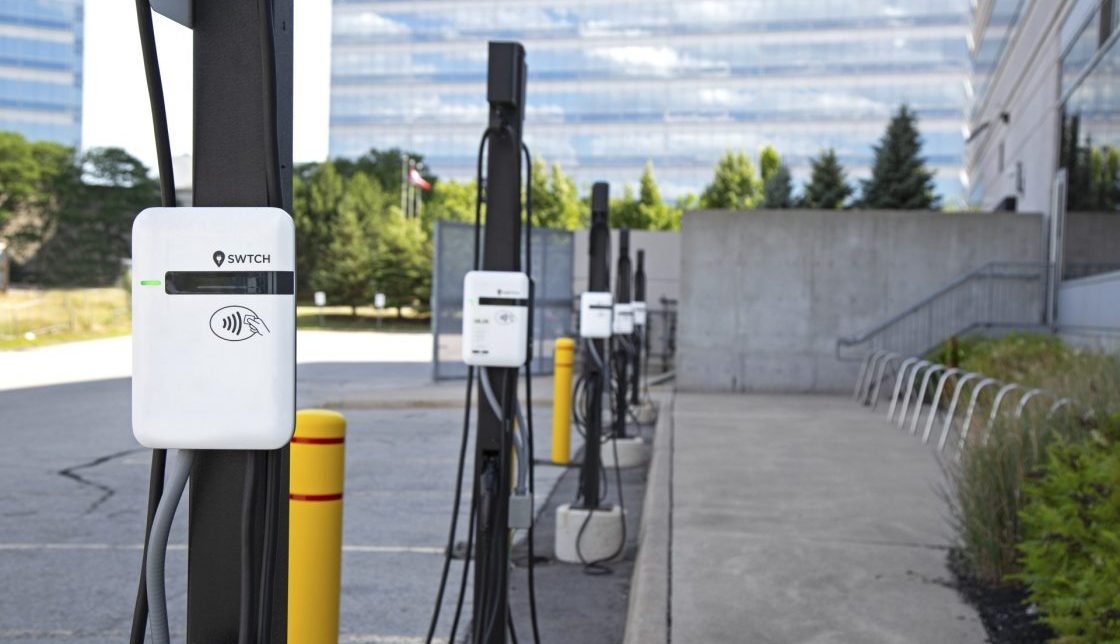
Goal: Developing EV charging as a steady revenue stream
After the chargers and installation have been paid off, for some properties, the goal is to turn EV charging into a new source of revenue that boosts the bottom line.
To hit this goal: Monitor your utilization rates and ensure your chargers are priced competitively within your local market; public chargers are less convenient, but if the rates are better, drivers may seek them out. And consider implementing a tiered pricing structure whereby tenants receive preferential rates but visitors are charged slightly more.
Review your revenue quarterly against your operating costs to ensure you’re maintaining healthy profit margins, and be prepared to adjust your strategy as the EV market in your area evolves.
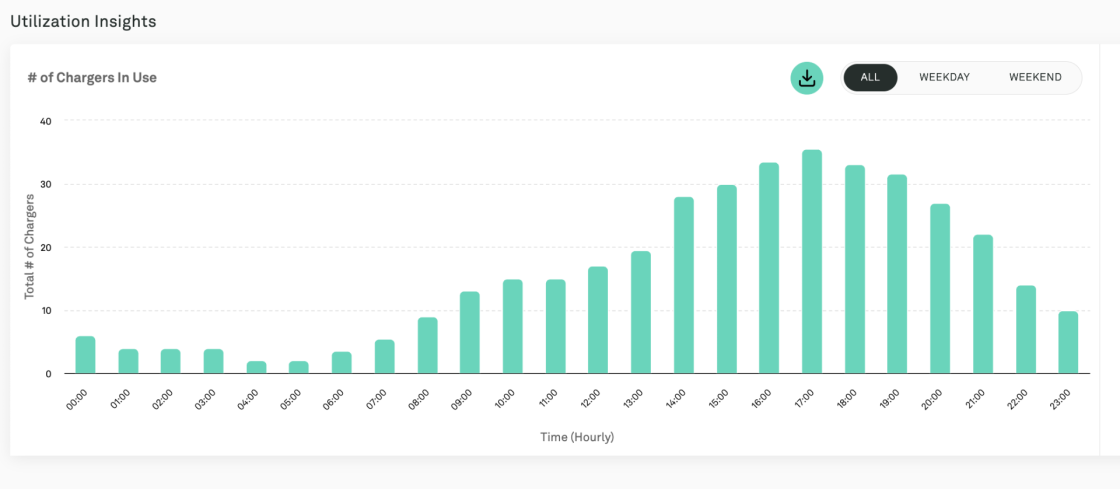
What to do when you’re not covering costs or meeting your financial targets
If you discover your revenue isn’t covering costs, you may need to evaluate your pricing and update your fee structures to begin generating the necessary additional revenue.
To address this challenge
Review your charger usage rates to understand when drivers are making use of the charging stations, as well as the frequency with which repeat chargers plug in.
You may want to do some research to ensure your chargers are priced competitively with other charging in the are. A modest price reduction might actually lead to increased usage and an overall boost to revenue.
It might also be worthwhile to reach out to tenants who you know own EVs to understand what might encourage them to plug in more often.
If you’re an existing SWTCH customer, please know that you can always reach out to the customer success team for assistance with optimizing your pricing structure and otherwise trying to get your charging stations’ revenue on track.
Accessing the SWTCH financial summary report to track progress toward your financial goals
In order to make measurable and meaningful progress toward your goals, it’s important to follow the data. With your SWTCH financial summary report, you can easily monitor the amount of money your chargers have generated, along with any other metrics you’re focused on.
Making a regular habit of checking in with the financial summary report is a great way to ensure you and your business are on track.
If you are not operating SWTCH chargers, you may still be able to access similar data and reports, depending on your EV charging solution, though we can’t make any promises nor offer any assistance in navigating other platforms.
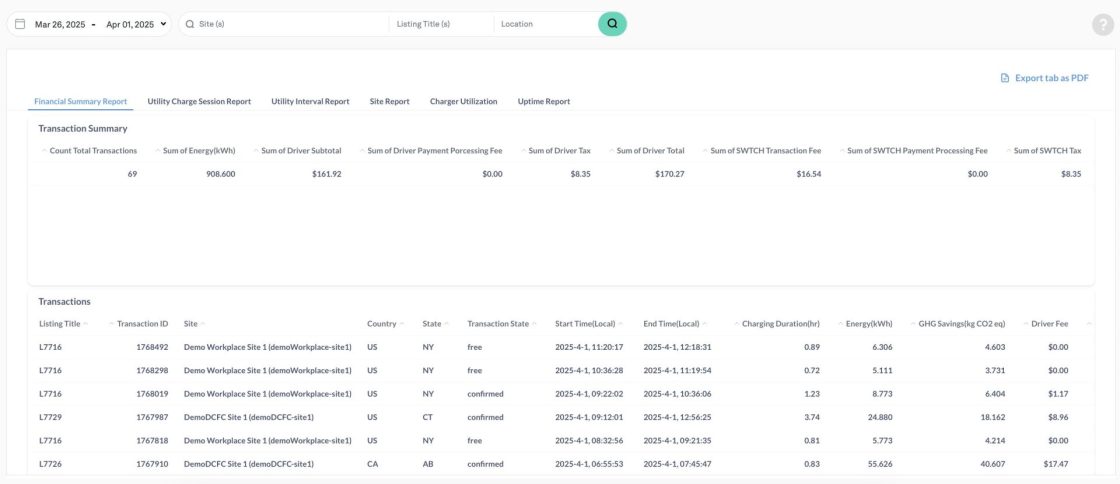
Accessing the SWTCH financial summary report
When setting up your SWTCH account, you will be able to designate any number of users to receive quarterly financial summary reports via email. If, however, you want to access your data at any time, you can produce a report by going to the “Reports” section in SWTCH Portal.
You can access a great deal of information in these reports, but here are some of the most important ones for setting and meeting financial goals:
- Property total: Amount to be remitted to you after accounting for taxes and fees
- Property tax: Taxes collected by SWTCH and remitted to you quarterly (only applicable if you have provided tax registration data to SWTCH)
- Driver fee: The total amount paid by a driver for a charging session
- SWTCH transaction fee: The per-session fee charged by SWTCH
- SWTCH payment processing fee: The per-session fee charged by SWTCH to cover the costs of processing payments
How to proceed with making strategic pricing and revenue adjustments to minimize disruption
Once you’ve settled on changes you want to make to your pricing, it’s important to implement them in a way that minimizes disruption to your tenants and also gives you enough time to properly determine what impact they had.
Here are the most important steps to follow.
1: Inform drivers of upcoming changes
Price changes are rarely a happy surprise. Taking a moment to inform your drivers of upcoming adjustments can go a long way toward improving how they’re received.
This doesn’t have to be anything extensive—just share a quick note through your typical communication channel to inform drivers that a price change is being implemented and when that change will go into effect.
If you’re open to doing so, being transparent about the reason behind the change will likely be appreciated by your drivers as well.
2: Give your changes some time to produce the desired results
Even the best plan may not produce the results you’re looking for right away. Still, it’s important to give your changes a little time to breathe before backtracking or making additional changes.
Your initial change might slightly change driver behaviour, which would impact the results you see. Or there might be external factors at play that also influence driver behaviour and make it seem as though your changes are not working.
Give it time. Our recommendation is to wait at least one electrical billing cycle before revisiting your changes to determine whether they’ve had the desired effect. This should allow enough time for you to get a real sense of what impact your changes have had and what to do next.
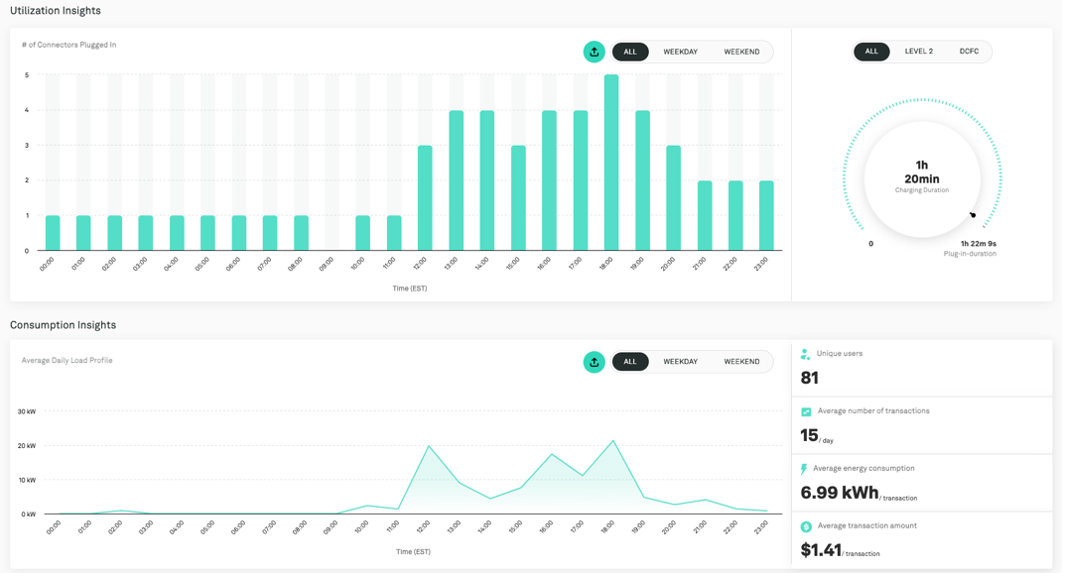
3: Create a process for soliciting feedback on charger pricing and changes
The best way to understand how your drivers are getting on with your charging stations, how they feel about pricing changes, etc., is to ask them directly. That’s why we recommend creating some sort of way to solicit feedback directly from your drivers.
There are many options for doing this. You might regularly issue surveys to drivers who make use of your chargers, for example, or conduct periodic roundtable discussions to facilitate a more detailed discussion.
The goal is simply to find a means for your drivers to provide feedback that works for your team, gives you a chance to receive truly meaningful feedback, and helps your drivers feel as though their needs and concerns are heard.

Optimizing the revenue of your EV chargers is an ongoing process of refinement, though arriving at a solid baseline should be possible within a short time after installation. Aligning your revenue goals with larger business goals, monitoring performance using your financial reports, and taking care to communicate changes with your drivers will all contribute to achieving optimization faster—whatever that looks like for you and your business.
Ready to Maximize Your EV Charging Revenue?
Optimizing your charging station revenue is just one aspect of a successful EV charging strategy. Put these insights into action and discover more ways to enhance your EV charging offering.
Take your next step today:
- Explore our comprehensive guide to multifamily EV charging
- Learn best practices for commercial EV charging
- Contact us to learn how SWTCH can help you build an affordable and reliable EV charging amenity
